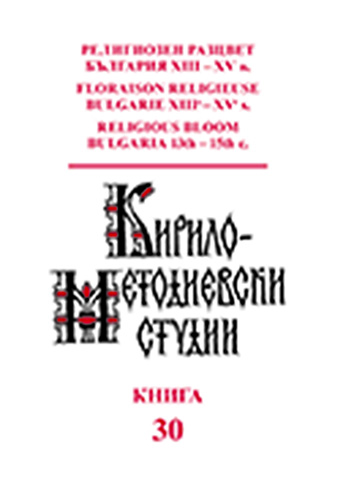La notion d’Église-Mère aux XIIIe–XIVe siècles: Jérusalem, Rome, Constantinople, Tărnovo
The notion of “Mother Church” in the 13th–14th centuries: Jerusalem, Rome, Constantinople, Tărnovo
Author(s): Marie-Hélène BlanchetSubject(s): Language studies, Language and Literature Studies
Published by: Кирило-Методиевски научен център при Българска академия на науките
Keywords: “Mother Church”; “daughter Church”; canon law; primacy; patriarchate of Tărnovo.
Summary/Abstract: References to the Church of Jerusalem as the “mother of all Churches” point to a spiritual meaning and have no application either in canon law or in the administrative organization of the ecclesiastical institution. From the 11th century onwards, a controversy developed on this subject between the Byzantine Church and the Roman Church, since the latter claimed a superior universal – that is “Catholic” – jurisdiction as the mother of the other Churches. The autocephalous Church of Bulgaria in turn appropriated this maternal image and applied it to the patriarchal church of Tărnovo, possibly in imitation of Saint John Lateran in Rome.
Journal: Кирило-Методиевски студии
- Issue Year: 2021
- Issue No: 30
- Page Range: 46-60
- Page Count: 15
- Language: French

